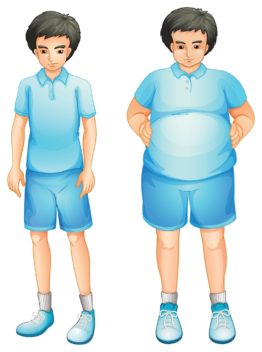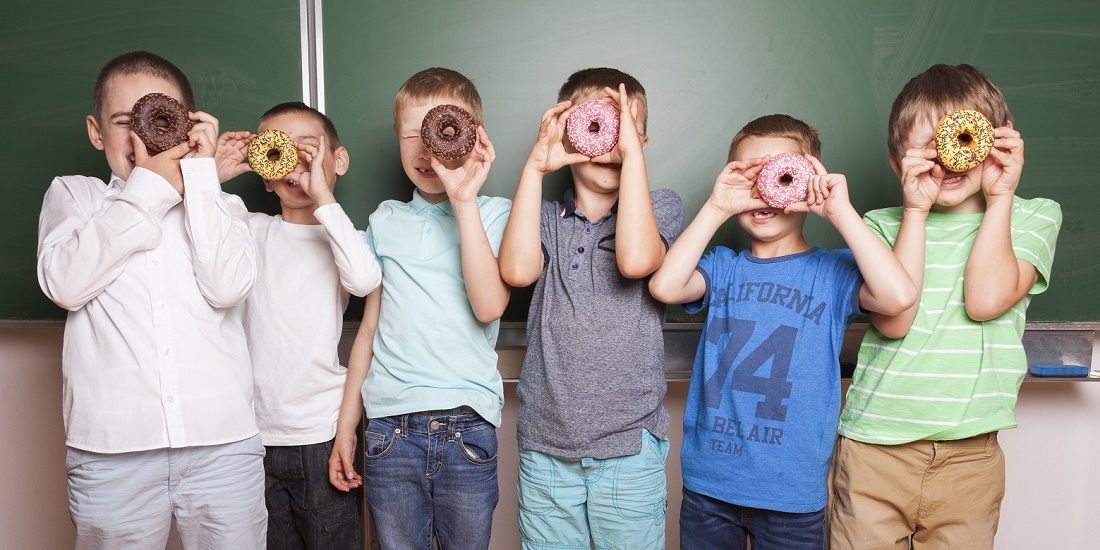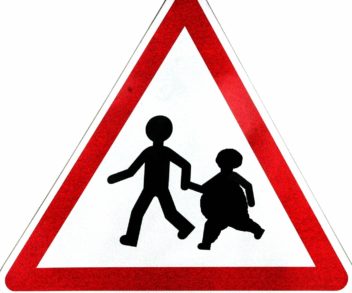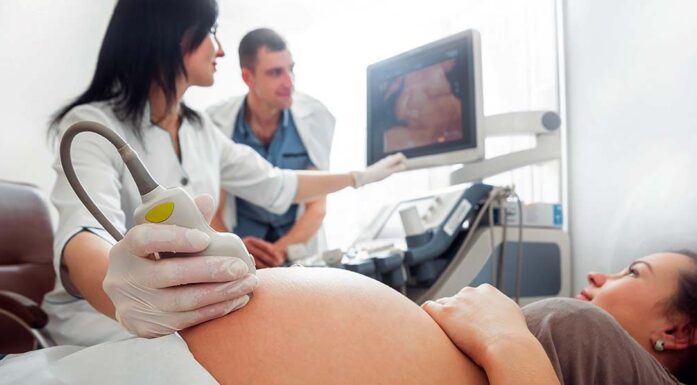Heavy children more likely to underestimate their size
Children with a higher BMI are less accurate in estimating their own body size compared to their slimmer counterparts. And the bigger their body is, the more inaccurate their guesses.
Estimating your own body size and weight can be difficult. It turns out that this is true not only for adults, but also for children.
Body Mass Index (BMI)
- BMI, or Body Mass Index, indicates whether a person is overweight, underweight or in the normal part of the scale.
- BMI is your body weight in kilos divided by height in metres squared (kg/m2). You can find a BMI calculator on this page.
- Age and gender need to be taken into account when assessing children's weight. For this reason, health authorities have developed different standards for determining whether a child is overweight or obese.

Fat or fit? It can be difficult to decide. (This is not one of the images used in the survey.) Illustration: Colourbox
It is well known that severely underweight individuals – such as those with anorexia – have a tendency to overestimate their own size and think they are fat even if they aren’t.
But we encounter the opposite problem for overweight individuals, who tend to underestimate their own size. That can make it difficult to address the issue and to take the necessary steps to achieve a healthier body.
“To put it simply, first we have to acknowledge that we have a problem before we can do something about it. This also applies to parents: if they don’t recognize that their children have a weight problem, they won’t seek help for it,” says Associate Professor Silje Steinsbekk in NTNU ‘s Department of Psychology.
- You might also like: Overweight youths at greater risk for heart failure
Longitudinal study data
Steinsbekk is the first author of a study from NTNU that investigates how children perceive their own body size. The results have now been published in the online journal Frontiers in Psychology.
The study is based on data from the Norwegian research project, Trondheim Early Secure Study (TESS, Tidlig Trygg i Trondheim), a longitudinal population-based study that looks at the risk and protective factors contributing to children’s psychological and social health. The project has collected data from nearly a thousand children and their parents every other year since the children were four years old.
Researchers are also studying what factors promote good health habits and what contributes to the development of unhealthy weight, inactivity and poor eating habits.
“We investigated how the children estimated their own body size when they were 6, 8 and 10 years old, examined gender differences and tested whether BMI could explain why some children were more likely to underestimate their body size over time,” says Steinsbekk.
The children were shown seven pictures of girls and boys with known body mass index (BMI, see Fact box) and asked which picture looked the most like them. The researchers then calculated the difference in BMI between the figure identified by the children and the children’s own BMI based on measured height and weight.
“That way, we got a measure of how big the difference between actual body size and the children’s own perceived body size was,” says Steinsbekk.
- You may also like: Physically active children are less depressed
Biggest children underestimated the most often
Generally, the researchers found that children more often underestimated than overestimated the size of their body, although the majority made accurate estimates. Boys were more likely to underestimate their own body size than girls.
“We also found that the higher the children’s BMI, the more they underestimated their size over time,” Steinsbekk says.
The largest children thus underestimated their body size the most and showed an increased degree of underestimation over time (that is, from 6 to 8 and from 8 to 10 years old).
However, this can have some advantages.

We face lots of temptations. Adults need to help the children make the right choices. Photo: Colourbox
“It’s reasonable to assume that underestimating your body size protects you from acknowledging that your body is bigger than the ideal body, thus potentiall protecting you from a poor body image or other outcomes associated with being dissatisfied with yourself,” says Steinsbekk.
For example, we know that overweight and obese youths who have a correct perception of their body size are more likely to be depressed. Individuals who are big and know it report more psychological problems.
“Denial may be a favourable defence mechanism, but it can also be an obstacle to making necessary changes,” says Steinsbekk. “For children, the parents’ acknowledgment of the problem is what’s most important. Parents are the ones who need to make the necessary adjustments to promote good health.”
Good tips for parents can be found on the Kostverktøyet [Nutrition Tool] website (in Norwegian).
Source: Body Size Estimation from Early to Middle Childhood: Stability of Underestimation, BMI, and Gender Effects. Silje Steinsbekk, Christian A. Klöckner, Alison Fildes, Pernille Kristoffersen, Stine L. Rognsås, Lars Wichstrøm.






